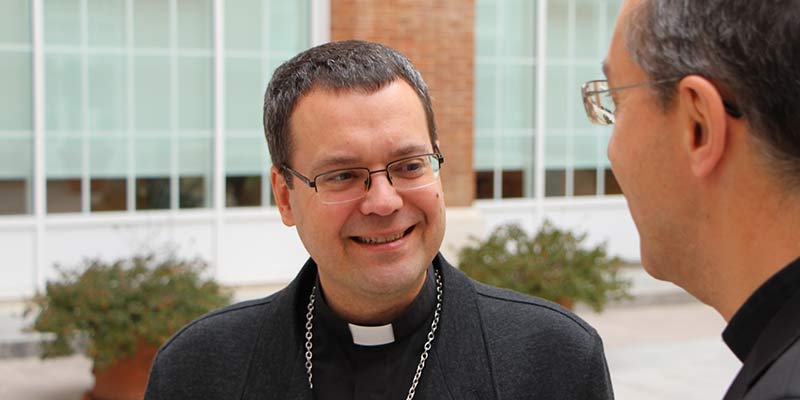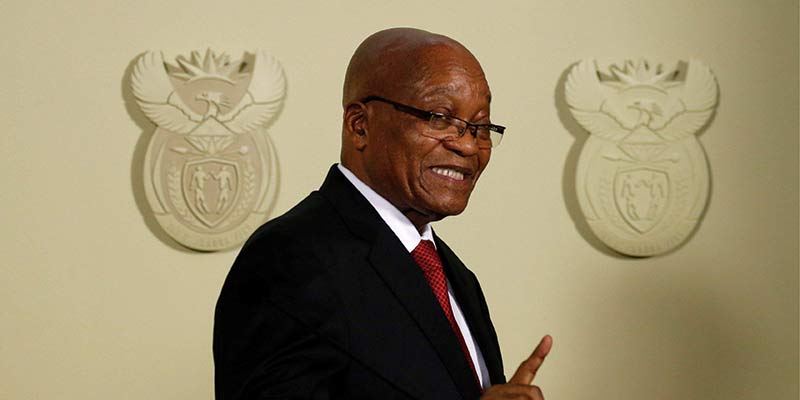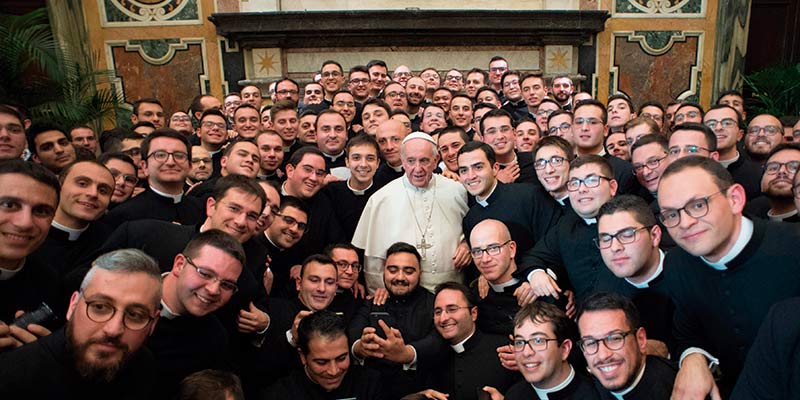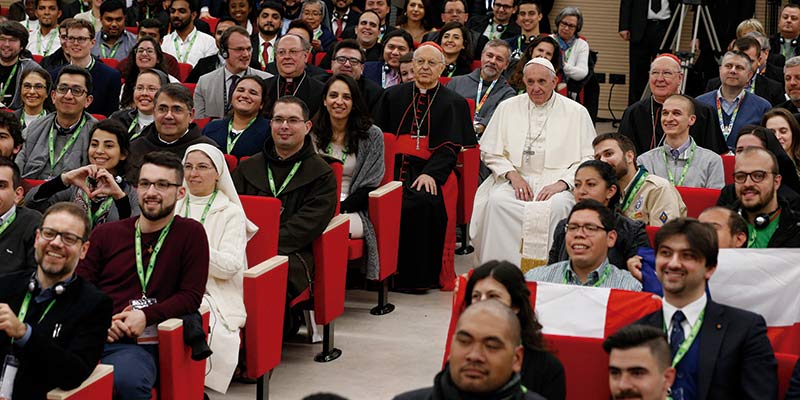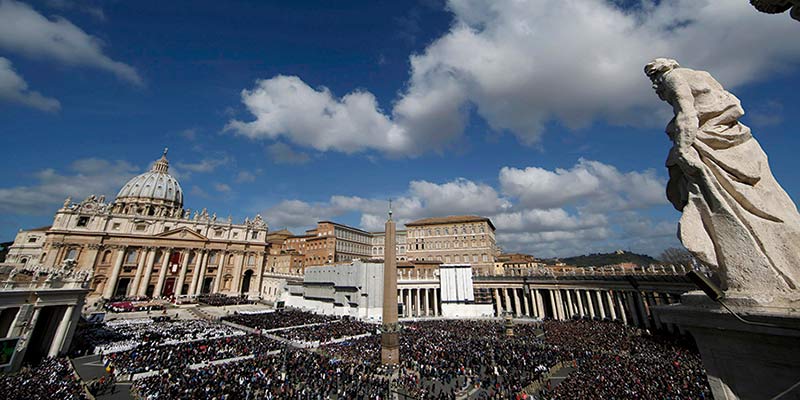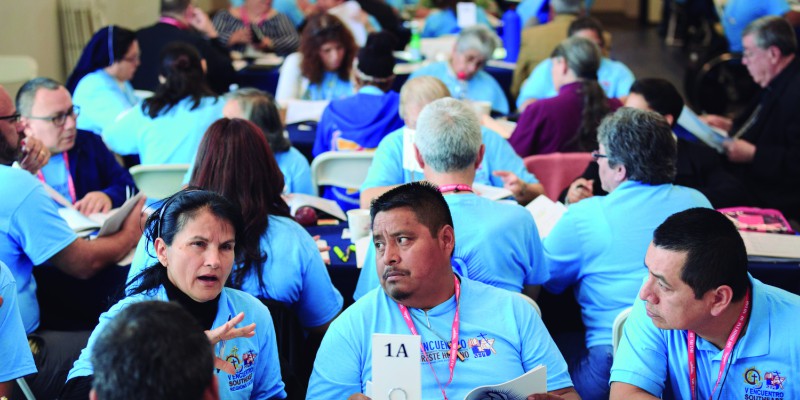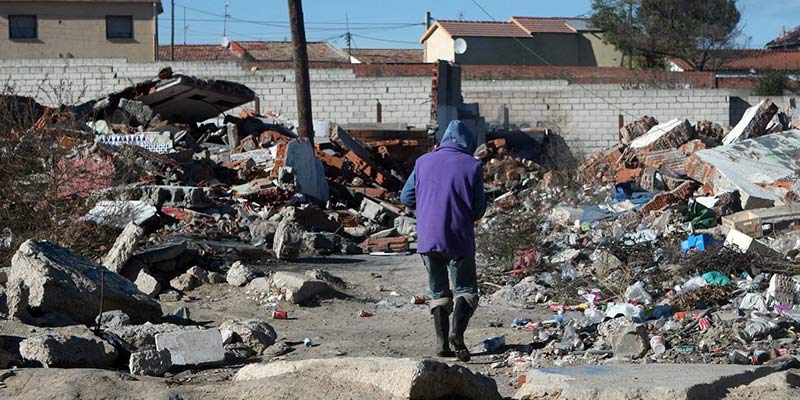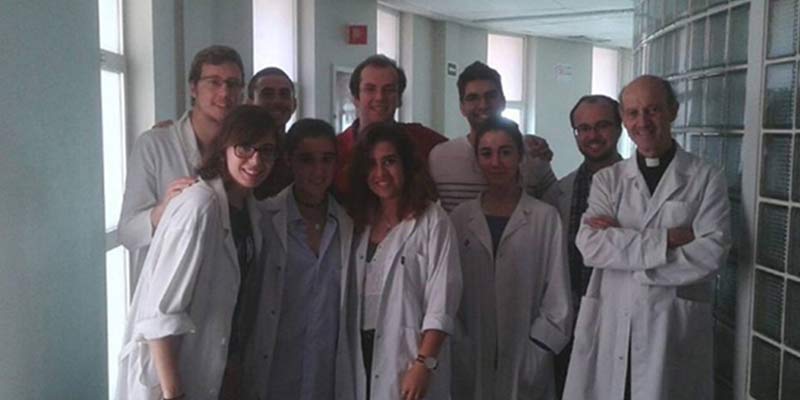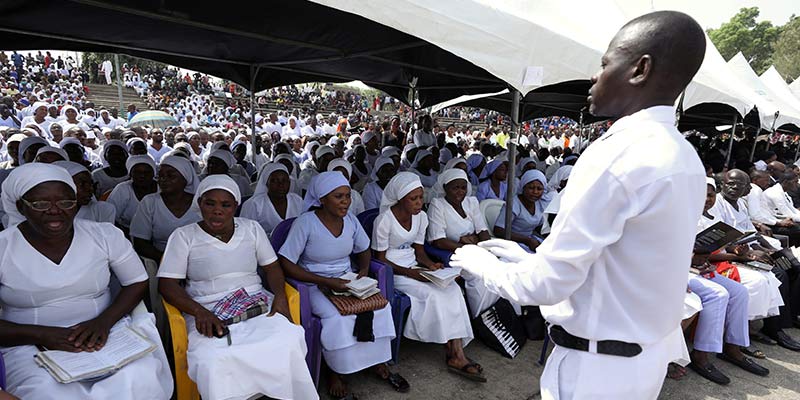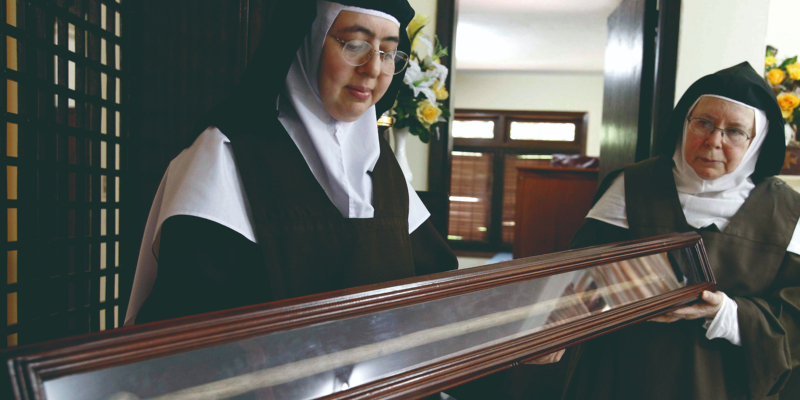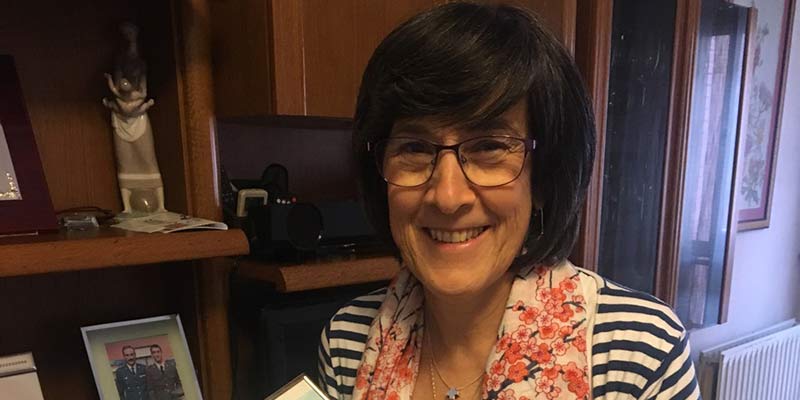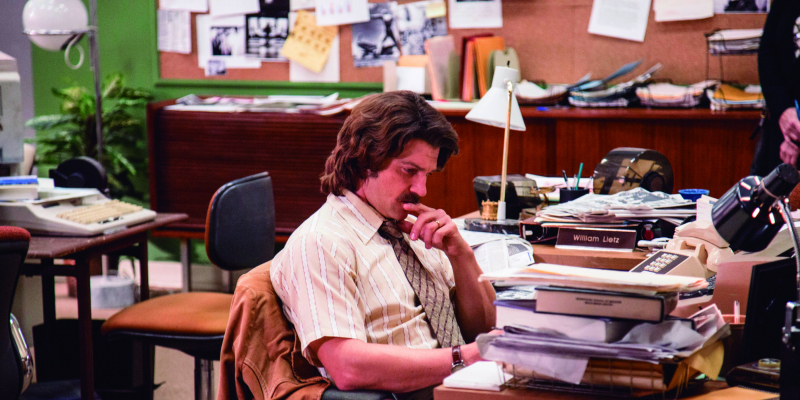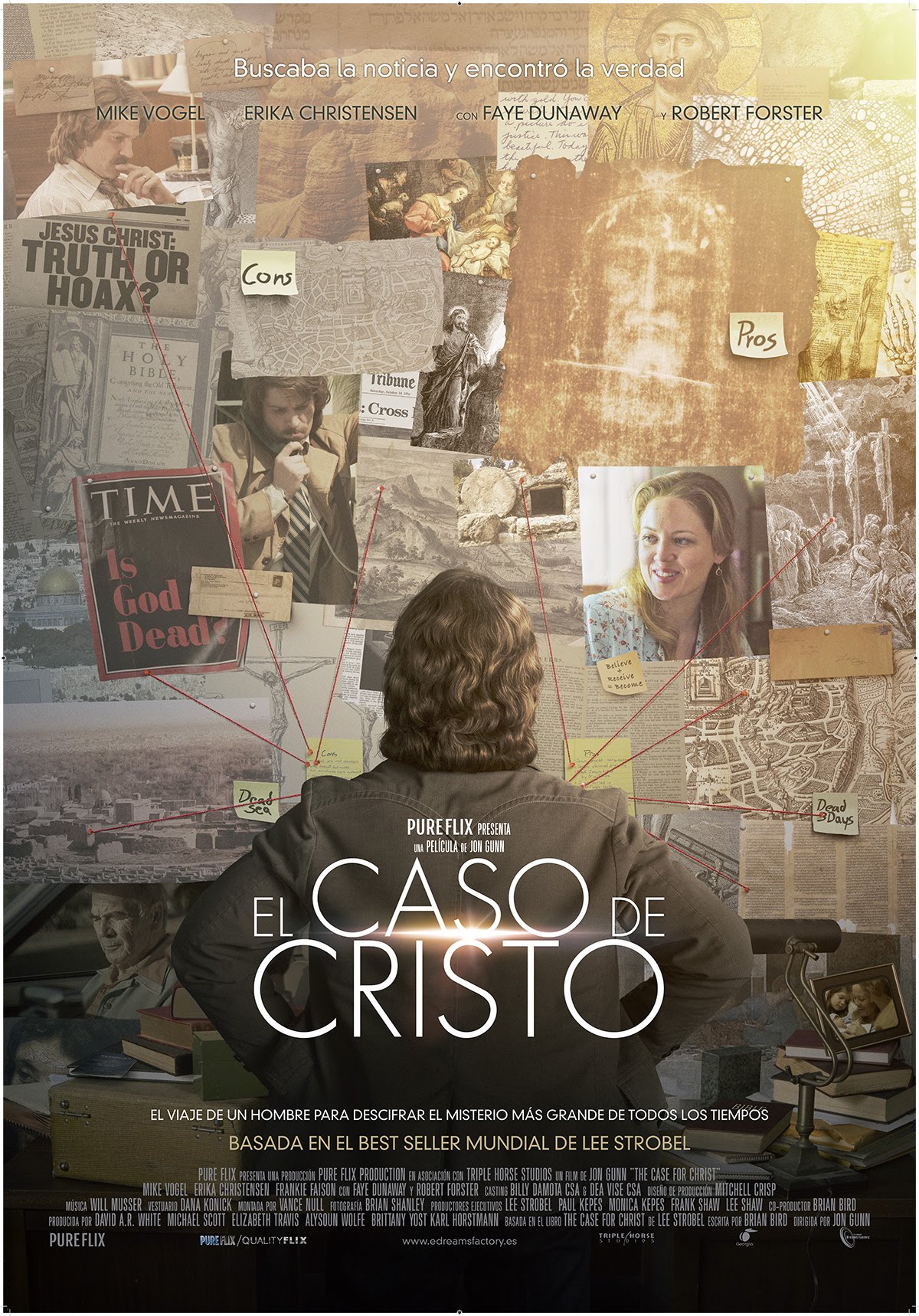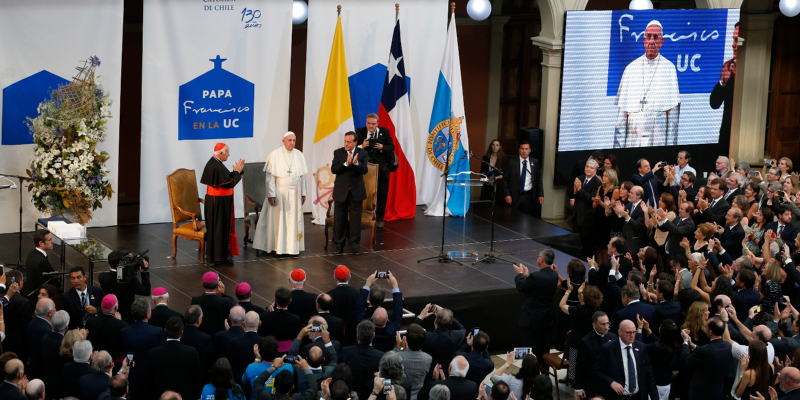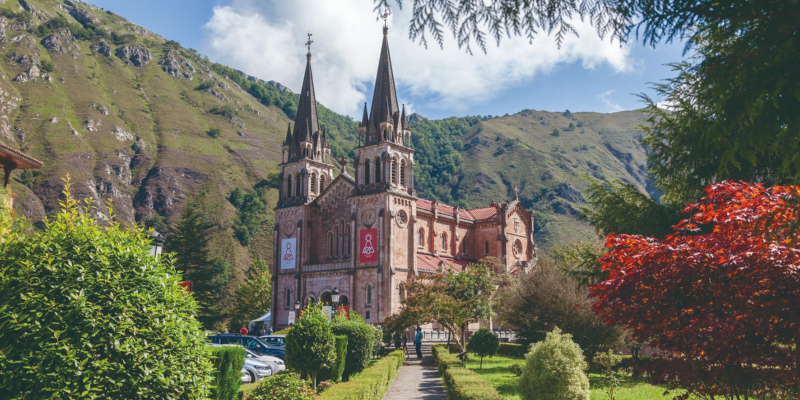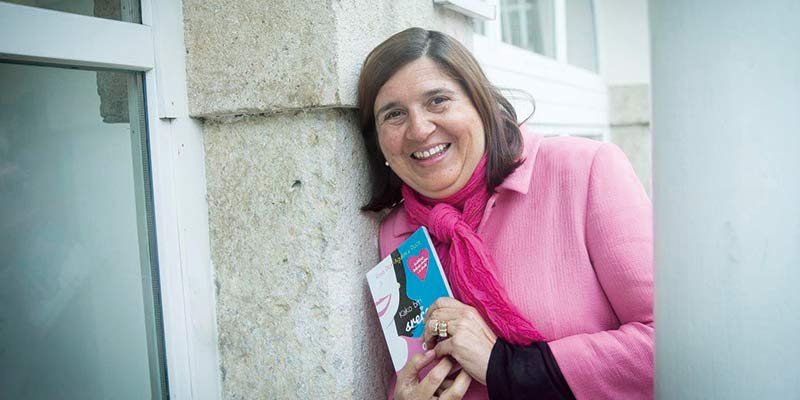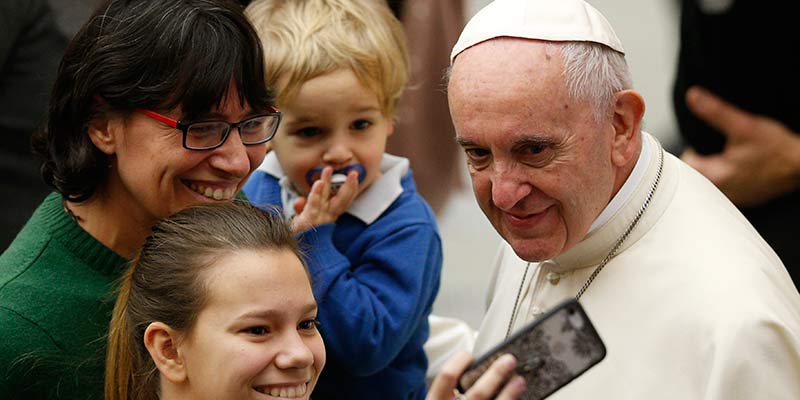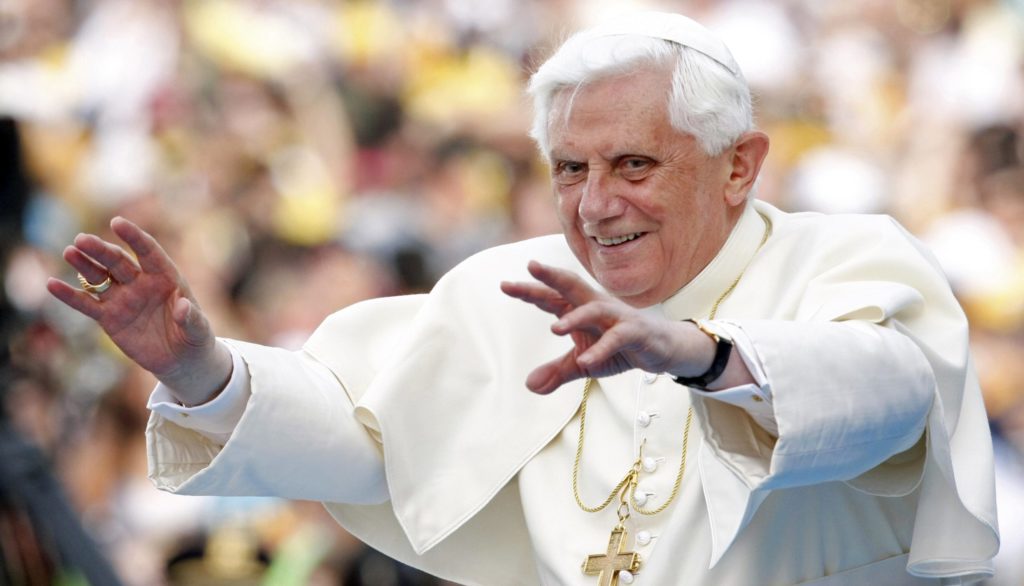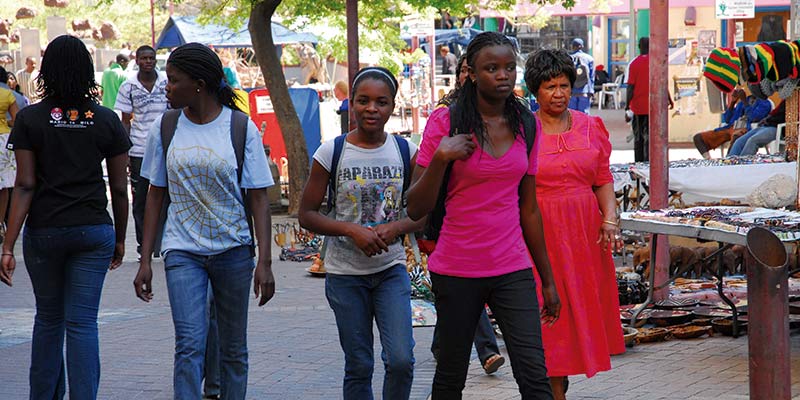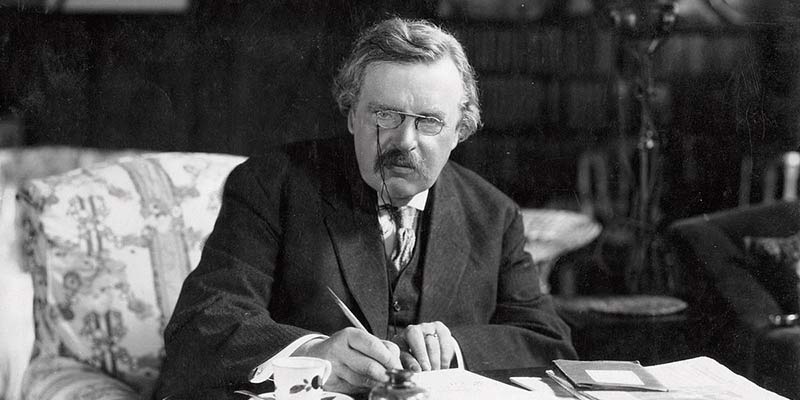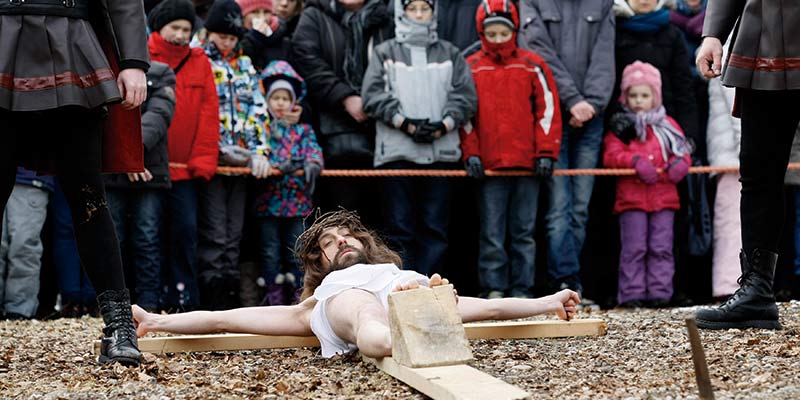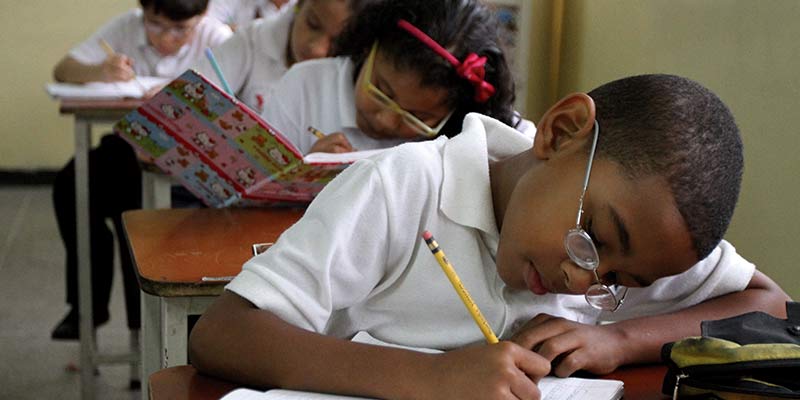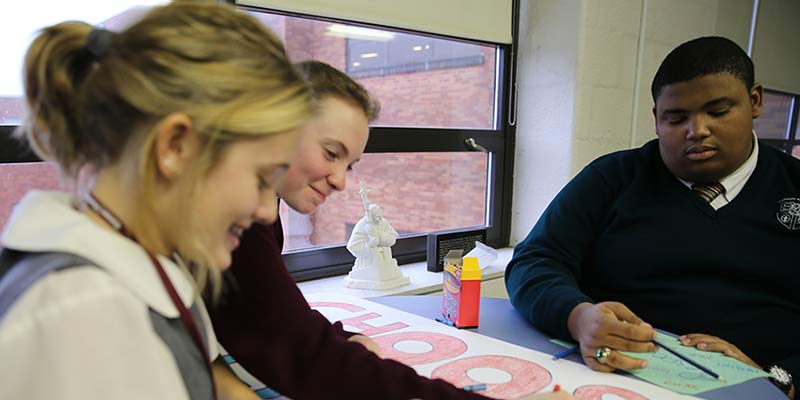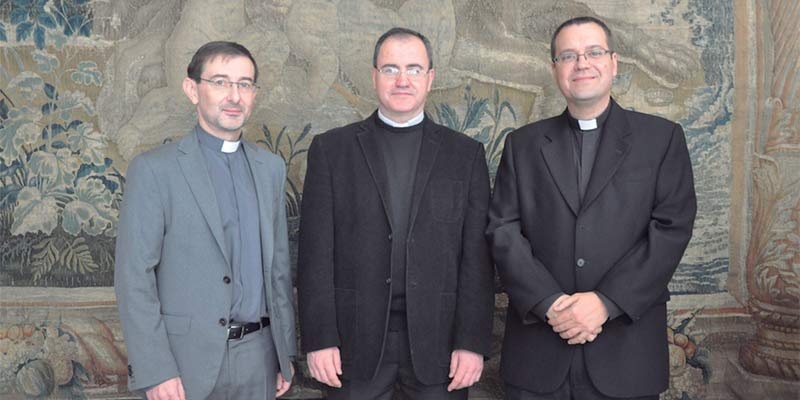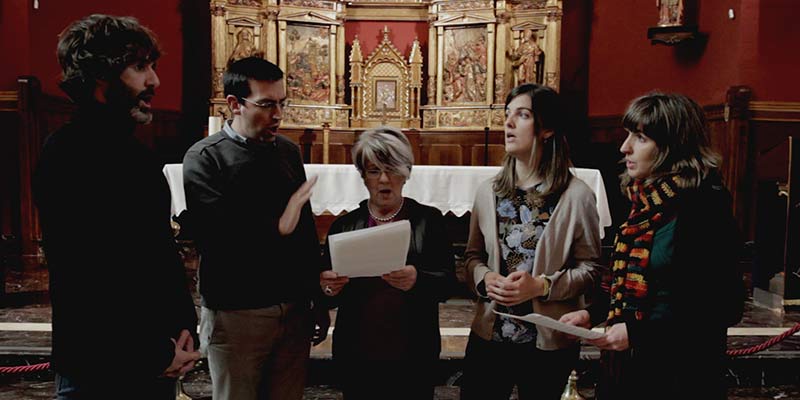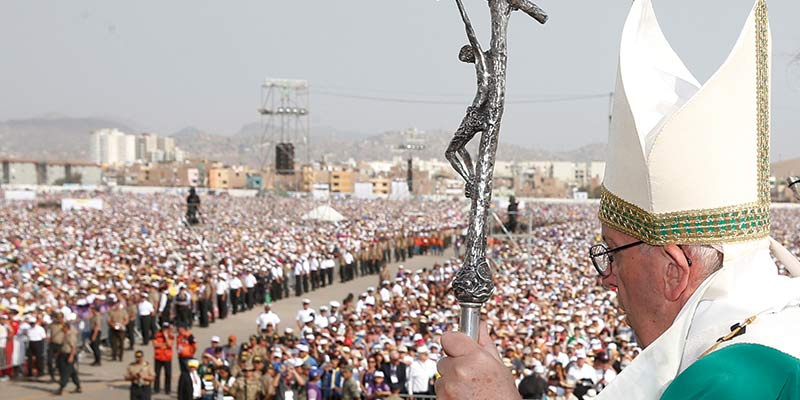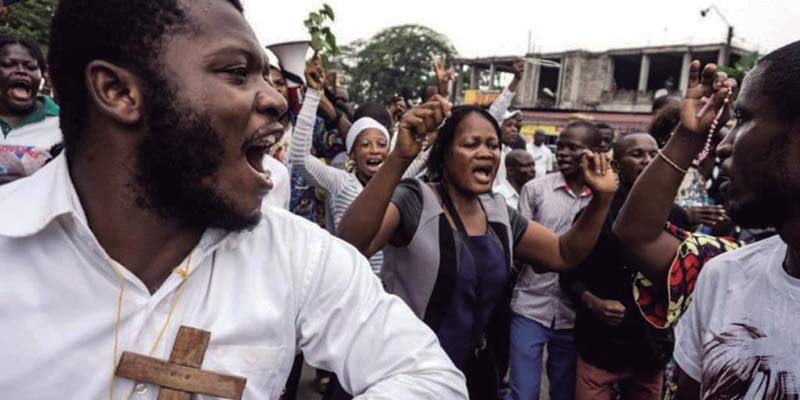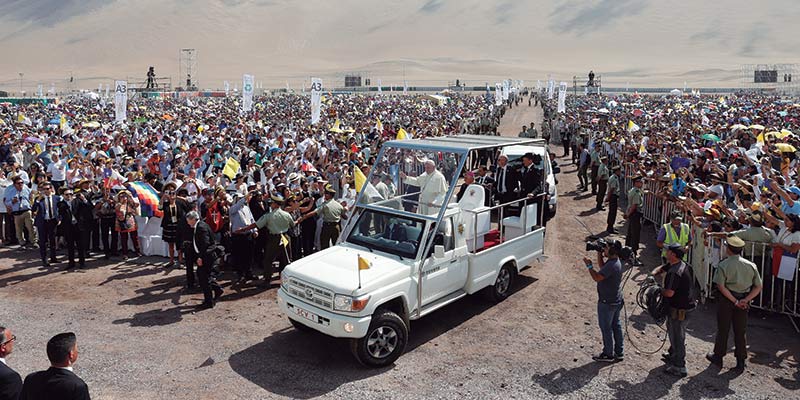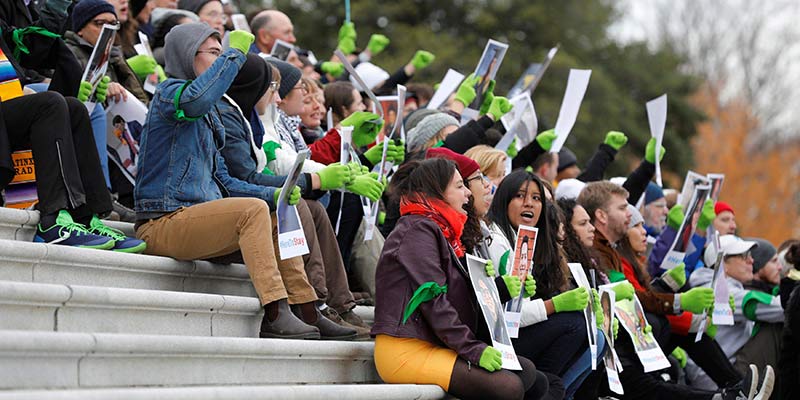The incalculable progress in communication between men has been possible thanks to the word, first verbal and later written. In addition, silence has an incalculable value in communication.
Words and silence
To gather in a few phonemes or graphemes, with their diverse combinations, the almost unlimited inner expressiveness of the human person, seems miraculous.
Compared to such richness, silence can be judged to be paltry and impoverished. But such a simplification would be a mistake. Words and silence require each other; silence individualizes words and gives them vigor. Silence underlines words and words give meaning to silences.
Countless books, full of words, have been written to give an account of them. Many fewer have been written to talk about silence. Lately, however, the need to emphasize the importance and role of silence has become more widespread.
It can be said that there is as much variety in silences as in words. Not all silences mean the same thing or convey the same thing; sometimes they are even diametrically opposed. For many "silence consists simply in the absence of noise and words; but reality is much more complex." (Robert Sarah, The power of silence, Madrid 2017, p. 220).
A married couple, perhaps young, who dine alone and in silence, can mean a communion of love and feelings so great that it needs no false explanations. Such is usually the silence in love. But it can also happen that the spouses are unable to talk to each other because of serious previous differences. It would be a silence of rejection. The first message is of love, the second of death of the same love (cf. ibid.).
Silence is pluriform. That is why it is important to make it clear that our interest is not focused on silence for silence's sake. Unlike many words that, by themselves, mean something, silence alone is mute. What silence hides, behind itself, is what endorses it. The silence of an ignorant student in front of an exam is very different from the silence of a praying monk or a thinking scientist.
Here we will focus on meaningful silences: capable of enriching the human spirit in its relationship with God and mankind.
Dialogue and monologue
Human communication requires dialogueThe exchange of ideas and arguments. And this is where one of the most powerful services of silence comes in: all true dialogue involves knowing how to listen. It is the only way to progress towards the truth.
Certainly there are dialogues that do not seek the truth, only interest; twenty-five centuries ago, Plato had to fight with the sophists of the time. But, even for them, silence allows to listen and to think again, detecting successes or errors.
We include in the category of dialogue not only the verbal, but also the written. Through his books it is possible for us to dialogue with the thinkers who preceded us. It would seem that in this dialogue with the past it is easier to remain silent, but it is not. To cite an example: how many people hear the word of God in the Sunday liturgy and immediately forget it because they do not understand it. listen...Silence, capable of welcoming the Word and its message, has been lacking.
The great enemy of dialogue and silence is the monologue. An attitude that endlessly turns over and over, in the mind, to a few ideas, making the understanding impermeable to listen to others.
When we speak of prayer as a dialogue with God, we can better understand the problem of the interior monologue that saturates the minds of so many: misgivings, resentments, envy, susceptibility; or even empty daydreams, imagination left to its own devices, utopian projects; all form part of that interior monologue, which ends either in discouragement and bitterness, or else in a waste of time and energy. Thus, writes St. Josemaría Escrivá in The Way: "How fruitful is silence! -All the energies you waste on me, with your lack of discretion, are energies that you subtract from the effectiveness of your work." (n. 645).
Silence and sensitivity
In human dialogue, silence is, not infrequently, the only appropriate conduct. Whether for the solemnity of an act, for the intensity of a pain or for delicacy with those who are next to us: to remain silent, in such circumstances, is the best possible dialogue. The verbiage can be inopportune, indiscreet or inconsiderate. Likewise, silence in the face of possible defects of others, whether present or absent, is the best sign of charity and respect. Those who think only of themselves do not value the repercussion of their words.
Back to those in love, for them, the presence is much more important than words. "Those who are in love knead silence upon silence to enjoy what cannot be said, because words prove short." (Miguel-Ángel Martí García, SilenceEIUNSA, Madrid 2005, p. 47). In the face of the feelings at stake, words are a superficiality. And it is precisely this silence that allows them to intuit the desires and intentions of the loved one (cf. ibid., p. 48).
In the same way, every deep look demands silence. A well-known popular saying exclaims: "Shut up, I can't see!"and this is not a simple matter. It is not possible to look deeply, interiorizing what we see and resting the soul in it, if the mind, the body or the environment that surrounds us are altered, strident, lacking in calm and peace.
Such a look is always meticulous, it values details, discovers new lights in the usual things, sometimes even closes its eyes to "treasure" what it has seen; and none of this is possible in haste or by sharing attention with trivial matters. That is to say, without inner silence.
The inner search
The inner silence -The one that depends on the calmness of the heart, not on the exterior - is not easy to achieve. In the first place, because "one of the limits of a society so conditioned by technology and the media is that silence is becoming increasingly difficult."as St. John Paul II observes (apostolic letter Rosarium Virginis Mariae, 31).
But also because we easily get drunk ourselves with words, music and multiple noises. The philosophy of distraction has invaded the conduct of whole masses of men, preventing them from thinking for themselves.
It is common to maintain long repetitive monologues, as we pointed out earlier, and we have to learn to detect and abort them. Hence the recommendation of St. Josemaría Escrivá: "'I have matters boiling in my head at the most inopportune times...', you say. That's why I've recommended that you try to achieve some times of inner silence." (Furrow, n. 670). At times it can be costly, but its immediate fruit is an enviable freshness of thought and mental health; and, when it matures, that time ends up turning into creative silence (cfr. Miguel-Ángel Martí García, o.c., p. 51).
Interior silence is the threshold of the encounter with ourselves, an indispensable condition for the encounter with God. But, before this, the contemplation of art, the deep knowledge of people, the enjoyment of the little joys of life, requires each person to mortify the interior monologue. Silence with one's own self makes possible an encounter with the world and with people, without "utilitarian" desires. Such an encounter then becomes a generous and disinterested enjoyment of the people and goods that God has placed at our disposal in the world.
a) Own knowledge
The most outstanding consequence of inner silence is knowledge itself. A difficult question if ever there was one. "Knowing you and knowing me."St. Augustine asked God; and it is no small wisdom.
Human life is full of constant incidences: material, work, affective, health, etc. Our mind is dragged by them, so that it moves from one to another, without time to develop an overall vision that brings them together and harmonizes them. Silence is necessary to "take distance" from the problems and avoid being overwhelmed by their urgencies and constraints. Adequate rest, in the midst of these multiple tasks, is essential to find the desired harmony. Physical rest and inner silence favor the serene analysis of our own behavior, which will allow us to know ourselves better: weak points of our character, positive qualities and acquired defects, incorrect habits and accumulated imperfections.
Accompanied by trust in God, this analysis will provoke neither discouragement nor euphoria. It will enable us to objectify our conduct, recognize our deficiencies and proceed to correct them with patience and time. To maintain a periodic examination of conscience, without drama or euphemisms, is the fruit and the driving force of the sought-after interior silence.
b) Wisdom
Inner silence favors one's own knowledge. External silence facilitates study and reading, which will be followed by personal reflection. The result is a wisdomin the classical sense of the term. A harmonious way of understanding the world and existence, which knows how to place each piece in its place: God, others and myself. A tasteful knowledge, which is recreated in material and spiritual realities.
Wisdom allows internalizing external events and balancing inner feelings, so that life progresses towards its end without stridency, or with as little stridency as possible. It creates a interior space of calmness, which will welcome the conflicts, will make them rest conveniently and will undertake the most favorable solution. It will be the wisdom proper to a silence that is not disturbed by the din of the deafening noises of the world. St. John Paul II writes in Pastores dabo vobis, 47: "In a context of agitation and bustle such as that of our society, a necessary pedagogical element for prayer is education in the profound human meaning and religious value of silence, as an indispensable spiritual atmosphere for perceiving the presence of God and allowing oneself to be conquered by it.".
c) The projection of existence
In no way does inner silence and the wisdom to which it leads lead to intellectual self-absorption or narcissism. What has been said about harmony includes God and neighbor as objects of love and recipients of what is best for them.
Therefore, good silence is never isolation. The process of interiorization does not aim at an escapist attitude, but at giving us an intelligent, objective and balanced evaluation of what happens to us and what we are; precisely to coexist with others, respecting them also as persons and defending their freedom as well as our own.
Speaking of the spiritual life, Pope Francis and other recent pontiffs have insisted on avoiding the spiritual life. false spiritualism of a life of piety closed in on itself, incapable of transcending itself to go out in search of the needs of others.
Silence and spiritual life
The inner silence is like the conductor's baton, which brings in each instrument at the right moment, tempering the more energetic ones and encouraging the more delicate ones, so as to produce the concertA unique and harmonic piece that responds to the feelings that the composer intended to convey.
In personal existence, the "instruments" to be directed are the plural, and not infrequently discordant, ingredients of the personality: temperament, character, circumstances, events. In spite of this multiplicity, the human spirit has a transcendent dimension that allows it to attend to the multiple concrete questions, without disassociating itself from the ultimate end to which it is called by its Creator. But in order to do so, inner silence has to address the "concert" of human existence.
a) Necessary to seek God
The Christian spiritual life is developed in dealing with God and in dialogue with Him. But God is the ineffably OtherThere are no human words to describe it; the most proper attitude of man before God should be silence: indecibilia Dei, casto silentiosays St. Thomas Aquinas: "Before the ineffable of God, let us keep a measured silence.".
Perhaps it is this implicit awareness of the ineffable that has accumulated, in the history of the Church, so many movements - individual or institutional - in search of silence. From the earliest hermits to the great Carthusian abbeys, they show that "in us silence is that wordless language of the finite being which, by its own weight, attracts and drags our movement towards the infinite Being." (Joseph Rassam, Silence as an introduction to metaphysicscit. in Robert Sarah, The power of silence, Madrid 2017, prologue).
It is evident that the tumult of the world, the hustle and bustle of secular business, the urgency of solutions, the festive and playful explosions, and many other human manifestations, break our inner silence, filling it with haste, thoughtlessness or unpeaceful feelings. Many people do not realize the extent to which they often live immersed in noise. If we carry our cell phone or a radio in our pocket, with the sound running, we will probably not notice it in the middle of a busy street with traffic. But if we walk with it into a quiet place - a movie theater, a temple - our carelessness will immediately be noticed and we will try to turn off the device.
Similarly, there are those who constantly live with that one inner monologue which has already been mentioned, but he does not realize it because he lives outwardly, for the noisy exterior.
And the bad news is that there is no switch to "turn off" the chatter of our imagination.
b) Silence and detachment from the world
To quiet the inner noise, a traditional way has been to withdraw from the world: to seek solitude and isolation.
The fruits of that effort can be exceptional. A connoisseur of contemplative monasteries writes: "Silence is difficult, but it makes man capable of allowing himself to be guided by God... Man never ceases to be surprised by the light that shines forth. Silence... manifests God. The true revolution comes from silence: it leads us to God and to others to place ourselves humbly and generously at their service." (ibid., n. 68, p. 60).
Those who feel the need, not only for silence, but also for isolation in order to detach themselves from the affairs of the world and dedicate themselves entirely to the service of prayer, can find in the contemplative religious vocation the path of their life.
But it should be noted that "The silence that reigns in a monastery is not enough. To attain communion [with God] in silence, we need to work indefinitely. We must arm ourselves with patience and devote arduous efforts to it." (ibid., p. 231). A lifetime of detachment from the world does not assure successful results, mainly because these are God's gift, not the consequence of human efforts.
c) Inner recollection
The vast majority of the Christian faithful will never pass through a monastery, nor will they shut themselves up in silence in it. Are they forbidden access to God in their prayer? Not at all. But then, is silence, the subject of these pages, unnecessary in their case?
It is equally necessary. Without interior silence there is no prayer possible, and without prayer-as an ordinary way-we do not arrive at the knowledge and friendship of God.
The solution may seem like a conjuror's trick: just change the name. If instead of silence, we call it recollectionWe can apply to Christians living in the midst of the world rules analogous - but not identical - to monastic silence. But it is not a matter of manipulating language; it consists in giving a name to two realities that have the same root, but are characterized in each case by different circumstances.
In his writings and in his preaching to the lay faithful, St. Josemaría Escrivá makes many references to this interior silence: "Silence is like the gatekeeper of the inner life." (The Way, n. 281); "Try to achieve daily a few minutes of that blessed solitude that is so necessary to get the inner life going." (ibid., n. 304).
At the same time, he always made an effort not to separate "The children of God must be contemplatives: people who, in the midst of the noise of the crowd, know how to find the silence of the soul in a permanent colloquy with the Lord: and look at him as one looks at a Father, as one looks at a Friend, whom one loves with madness". (Forge, n. 738).
This silence of the soul is what, in other moments, he identifies with the recollection: "True prayer, that which absorbs the whole individual, is not so much favored by the solitude of the desert as by interior recollection." (Furrow, n. 460). And in order to underline its importance, he writes: "That interior recollection which is a sign of Christian maturity". (It is Christ who passes, n. 101).
A maturity that is shown by the fact that "we will participate in the joy of divine friendship - in an interior recollection, compatible with our professional duties and those of citizenship - and we will thank Him [Jesus Christ] for the delicacy and clarity with which He teaches us to fulfill the Will of Our Father who dwells in heaven." (Friends of God, n. 300).
Recollection that, as we have indicated for monastic silence, supposes many years of human effort that, with God's grace, will result in: walking through life in friendship with God.
d) Silence and vocal prayer
Although it is surprising, vocal prayer needs silence as much as mental prayer. In other words, the enemy of prayer is the same in both cases: that inner monologue that we speak of and that invades our mind, even while our mouth pronounces words to which we do not pay attention.
In vocal prayer, naturally, there will always be words; but they must be words that come to the mouth from the interior of the heart, and it is precisely the heart that needs the recollection and silence of which we speak.
As one example, among many, we can cite what St. John Paul II suggested when speaking of the Rosary: "Listening and meditation are nourished by silence. It is convenient that, after enunciating the mystery and proclaiming the Word, we wait a few moments before beginning the vocal prayer, in order to fix our attention on the meditated mystery. The rediscovery of the value of silence is one of the secrets to the practice of contemplation and meditation. Just as in the Liturgy it is recommended that there be moments of silence, in the recitation of the Rosary it is also opportune to pause briefly after listening to the Word of God, concentrating the spirit on the content of a particular mystery." (Rosarium Virginis Mariae, 31).
e) Marian inspiration
The example of our Mother Mary is extraordinarily luminous. Her holiness was exalted, but her life unfolded in the ordinary circumstances of the world of that time. And there, "he kept all these things in his heart." (Lk 2:51). He lived for the mission that God had entrusted to him, and he was not distracted by daily events. In the midst of his tasks, he maintained an interior silence that allowed him to live attentive to God and to his Son: even to the cross.
Spiritual retreat days
The practical ways to seek and defend the inner silence that we all need are very varied. Among others, the traditional Christian practice of multi-day spiritual retreat. It can take different names - spiritual exercises, short courses, etc. - but its meaning is clear: to take a break from the usual chores, in order to concentrate the soul's gaze on God and on itself. It may be only a few days, since the usual obligations usually do not allow for more. But these few days, if used with intensity, will bring great benefits to our soul.
The main ingredient of the retreat and catalyst of these benefits is the silence - also external - that should accompany them. This silence makes it easier to listen to the Word that the Holy Spirit addresses to us. A Word that is always luminous, in whose light it will be easy for us to detect the deviations present in our life. Trusting, moreover, that these lights will be accompanied by the grace of God to make our efforts to advance in holiness fruitful.
Of course, three days of retreat-a weekend-is not enough for a conversion that could be called definitive. We will continue to need new conversions in the future, until God calls us into his presence. For this reason, it is very convenient to repeat these days of retreat from time to time; if we do it every year, we will see that this continuity allows us to take steps, perhaps small but repeated, that bring us closer to God in an ever new way. In this way we will strengthen our good dispositions, we will understand God's plans for our lives better and better, and we will learn to follow faithfully the divine inspirations that lead us to him.
Moreover, our charity towards our neighbor will make us aware that many people around us also need a spiritual retreat, even if they are not aware of it. Helping them to make up their minds, and perhaps accompanying them in doing so, can be no small favor for which they will always be grateful.
The retreat will be an opportunity to make a deeper confession than usual, to receive communion more fruitfully and to fill our spirit with the peace of God, which we will then pour out on those with whom we live to make their daily lives more pleasant.
We will also learn or improve our way of praying, and we will strengthen that interior recollection which, in the absence of exterior silence, allows us to raise our hearts to God frequently and to remain in his presence, in the midst of our usual tasks. n





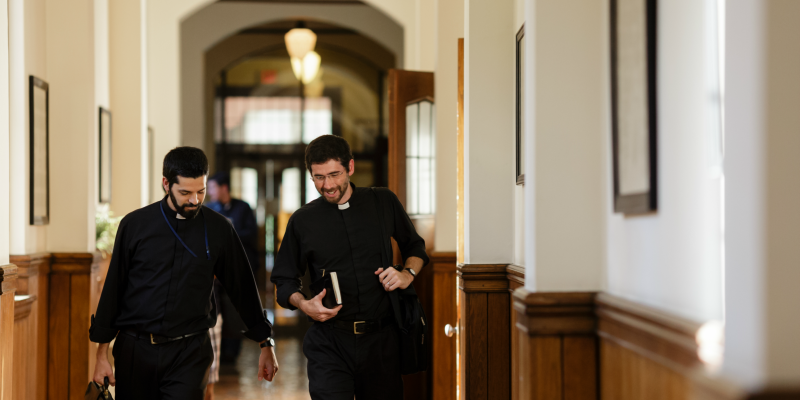






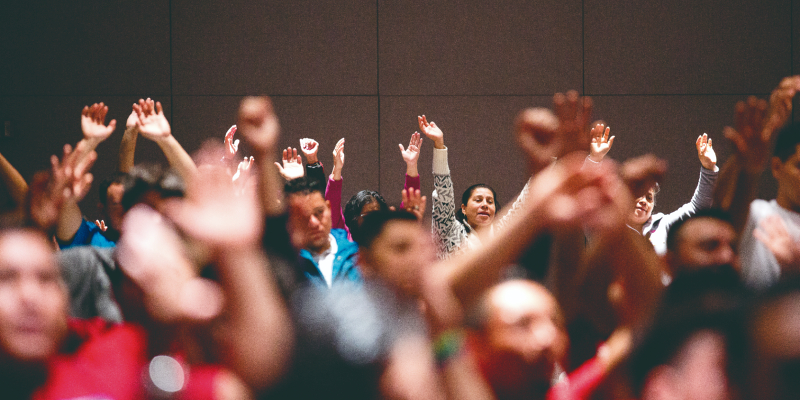

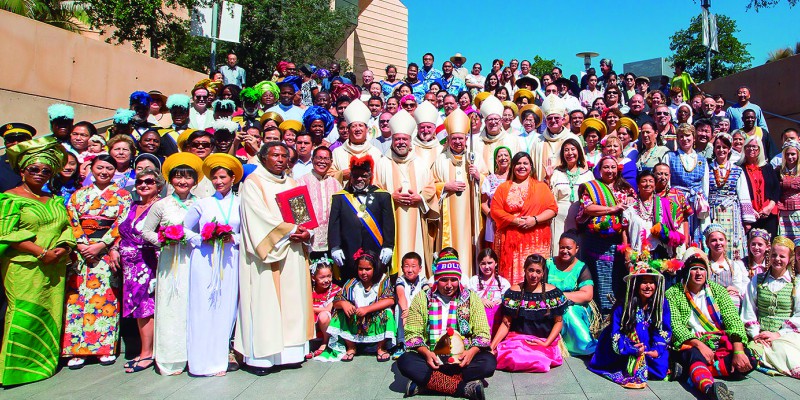
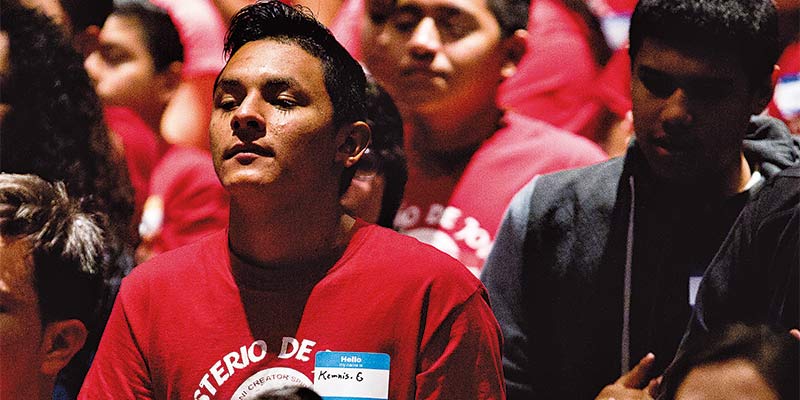
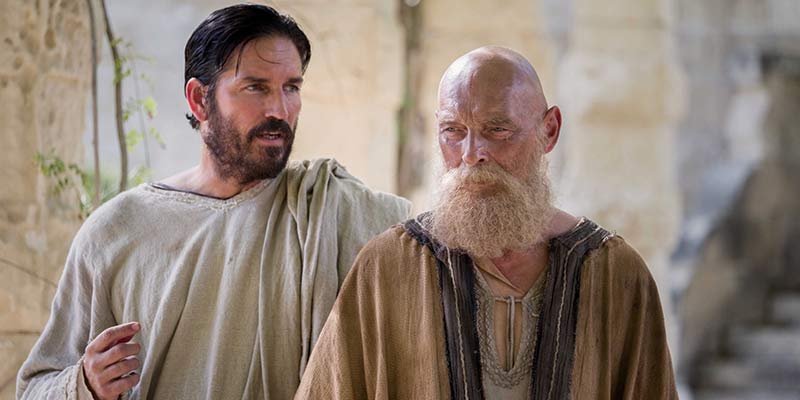
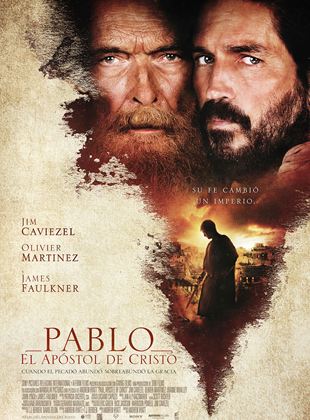
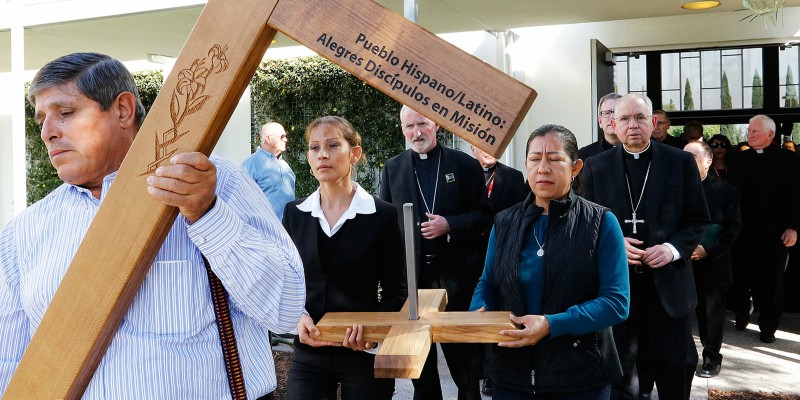
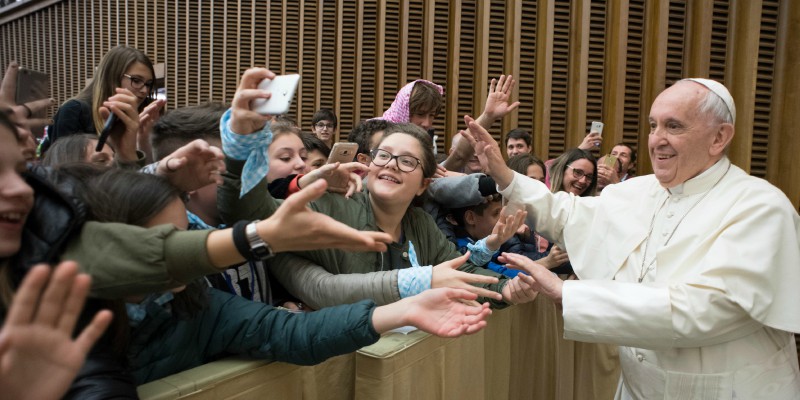

 What does meditation consist of? The Pope explains it in the audience
What does meditation consist of? The Pope explains it in the audience
